
What can we really expect from the Belt and Road
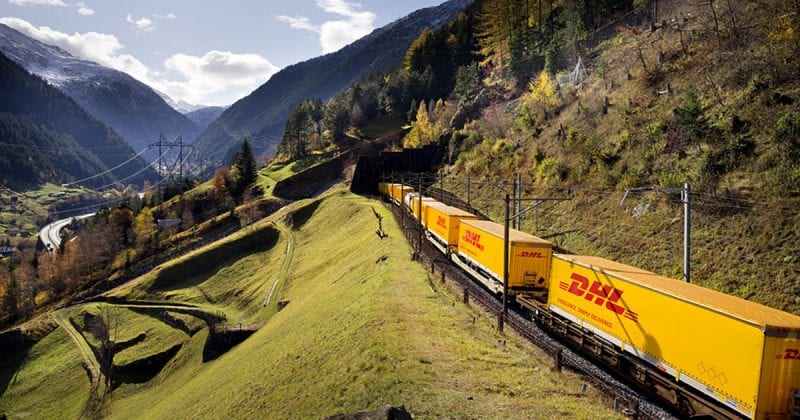
Key takeaways
- The value and growth potential of Belt and Road services match, and may even exceed, China’s optimistic forecasts
- Investments in Belt and Road infrastructure will still face significant hurdles, including resource shortages and geopolitical uncertainty
- Investors and logistics operators need skilled logistics personnel and robust partnerships to successfully build Belt and Road infrastructure
China’s “Belt and Road” initiative will undoubtedly transform trade between Asia and Europe, but at what cost? The Silk Road Fund, set up especially for investments in Belt and Road infrastructure, holds around US$40 billion at its disposal; some reports indicate that Chinese investors have already committed up to US$890 billion to infrastructure projects along both routes. Most of these projects, however, have yet to graduate from early stages of planning. What can investors and industry expect once the real work gets underway?
DHL first laid plans for Belt and Road infrastructure in 2008, when we sketched out a series of multimodal corridors that would eventually follow the lines of the Silk Road Economic Belt. To date, we have launched three such corridors between China and Europe via Russia and Central Asia, as well as an extensive road freight network that connects South-East Asia to these corridors. The process requires far more than constructing physical infrastructure: technology, trade negotiations, and specialist skills all played major roles in making our Belt and Road services into a reality.
Our literally ground-breaking experience on the Belt and Road suggests that its investors, and the businesses that hope to benefit from it, can expect to experience:
1. Massive growth
Businesses may be skeptical about China’s rhetoric surrounding the Belt and Road, but we have seen the growth it offers first-hand. Since we launched the first West Corridor service between Chengdu and Lodz in 2013, the demand for our Belt and Road multimodal rail services has gone up by leaps and bounds. While that growth might come from a small starting base, current demand trends suggest that by 2020, the market rail volume will grow to around 1 million TEUs (Twenty-Foot Equivalent Unit). In other words, the immense growth in rail traffic which we have already seen looks set to continue. If the Belt and Road can provide fast, cost-effective and high-frequency connections between China and Europe – which we have shown they can – they will become the default shipping option for numerous businesses.
If the Belt and Road can provide fast, cost-effective and high-frequency connections between China and Europe – which we have shown they can – they will become the default shipping option for numerous businesses.
2. Pressure on resources
The sheer demand for Belt and Road services means operators will likely face increasingly severe resource shortages, some of which our teams have already experienced. Container shortages often threaten the ability to meet demand. A lack of loading and unloading capacity at interchange points, such as the Alashankou-Dostyk transit where the rail gauge changes from China’s standard gauge to Russia’s broader gauge, can create bottlenecks that slow down the entire Belt. And the number of tracks and berths may prove insufficient as more and more vehicles ply both rail and ocean routes.
Logistics operators can overcome this pressure if they have the right talent. Our employees’ skills make or break the success of any of our multimodal shipments: they, more than anyone, know how to quickly procure more containers, shift cargo between port, track, and rail in record time, and comply with a range of customs procedures while doing so.
We also partner with warehousing and last-mile providers in Europe who specialize in those areas, as well as continuously engaging governments and national forwarders along the routes to broker faster and more reliable connections. By doing so, we can tackle routes experiencing pressure from high volumes in multiple ways. Belarus’ current bottlenecks on the Eastern Europe corridors, for example, can be tackled by streamlining online customs and declaration processes, or by routing to alternatives like the Khorgos gateway in Kazakhstan.
The Belt and Road spans so many countries and supply chain elements that without those partnerships, the pressure to deliver will overwhelm even the most well-funded projects.
3. Geopolitical uncertainty
Territorial disputes and political tensions may vex even the most well-laid infrastructure plans, particularly when taking into account the breadth of countries involved in the Belt and Road. To succeed in this climate of uncertainty, investors and operators need a portfolio of solutions that complement one another’s routes. Our routes cater to customers in different markets and hinterlands, offering alternatives and contributing to a successful multimodal network. Building this portfolio of investments requires close collaboration with a range of countries. It takes time, but it significantly reduces the risks posed by geopolitical issues.
Building the Belt and Road will not be easy. Infrastructural investments will only bear fruit if supported by good governance, a strong base of talent, and close partnerships with a range of public- and private-sector stakeholders. But when established, services along the Belt and Road can deliver huge amounts of growth. Our own multimodal portfolio is proof of that.
MORE FROM THIS COLLECTION

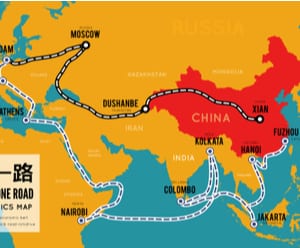
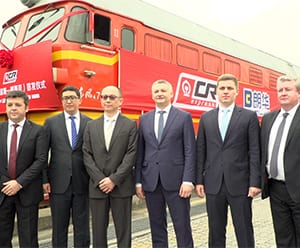
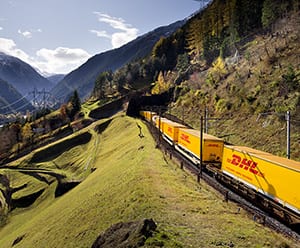



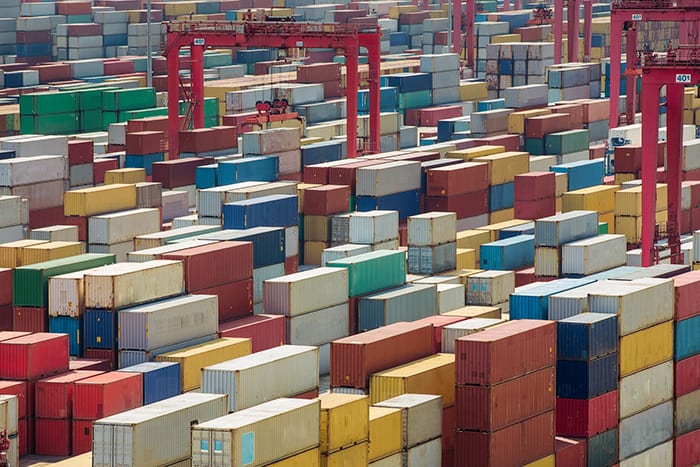
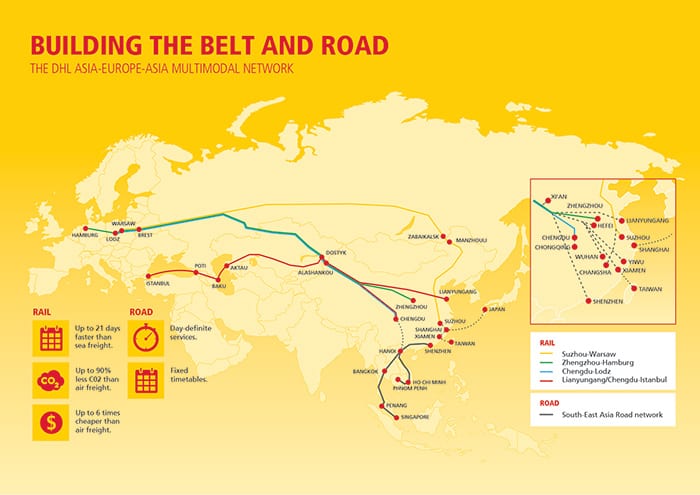





 English
English